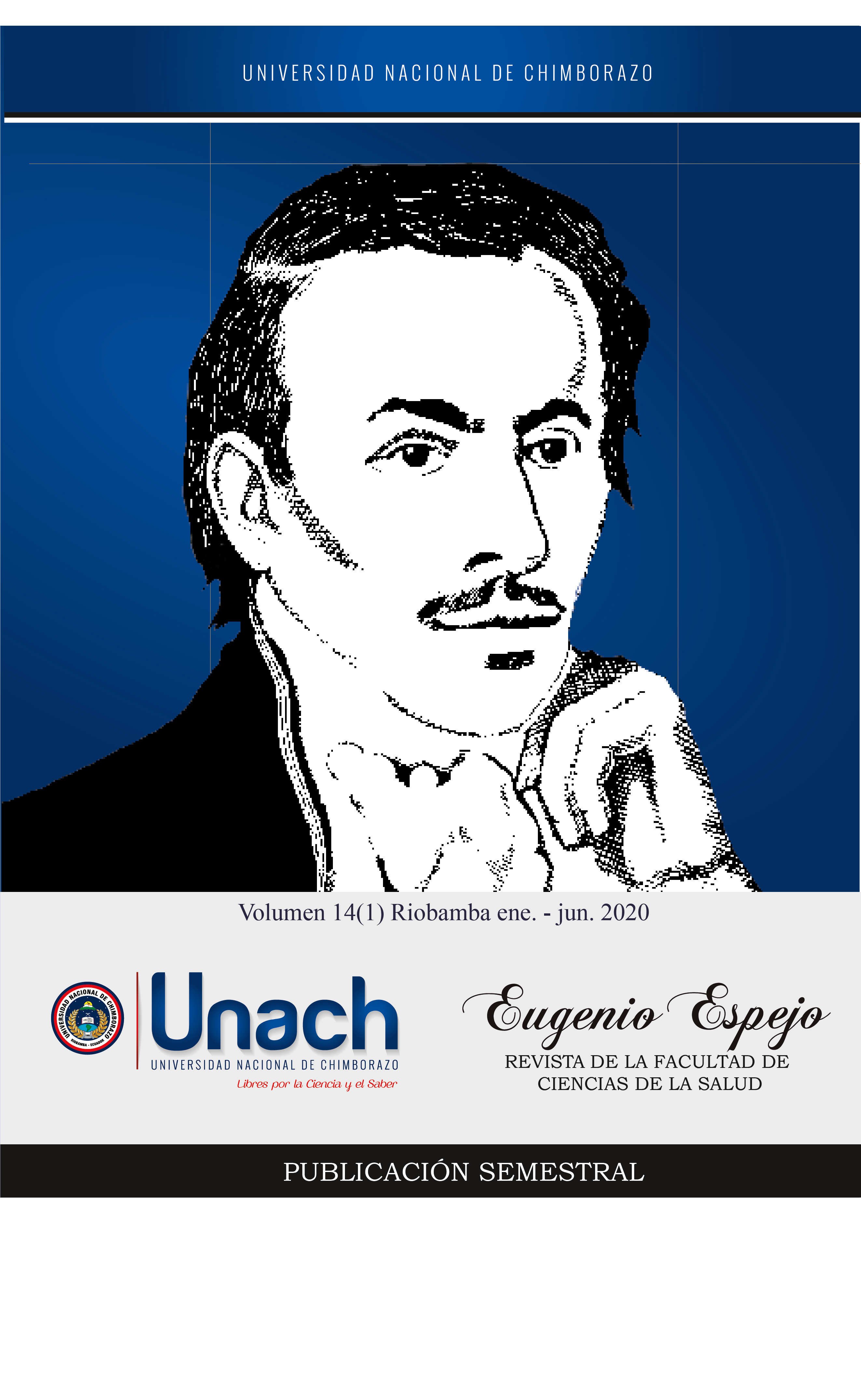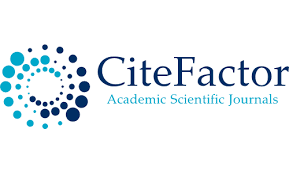Apexificación de un molar permanente a través de silicato tricálcico
DOI:
https://doi.org/10.37135/ee.04.08.05Palabras clave:
apexificación, pulpotomía, silicato tricálcicoResumen
Paciente pediátrico de 9 años y género masculino, que acudió para valoración odontológica por presentar dolor dental tras ingerir alimentos fríos. El diagnóstico definitivo quedó establecido como pulpitis reversible del molar 3.6, decidiendo conducta terapéutica de recubrimiento pulpar directo con silicato tricálcico para lograr apexificación. La decisión clínica resultó exitosa, el seguimiento de la evolución permitió apreciar que el diente mantuvo su vitalidad, las raíces continuaron desarrollándose y no aparecieron signos o síntomas de lesiones periapicales.
Descargas
Referencias
Kassebaum NJ, Smith AGC, Bernabé E, Fleming TD, Reynolds AE, Vos T, et al. Global, Regional, and National Prevalence, Incidence, and Disability-Adjusted Life Years for Oral Conditions for 195 Countries, 1990-2015: A Systematic Analysis for the Global Burden of Diseases, Injuries, and Risk Factors. J Dent Res. 2017; 96(4): 380–387.
Fontana M, Young DA, Wolff MS, Pitts NB, Longbottom C. Defining dental caries for 2010 and beyond. Vol. 54, Dental clinics of North America. United States; 2010. p. 423–40.
Gulabivala K, Ng YL. Endodontics E-Book. Barcelona: Elsevier Health Sciences; 2014.
Stanley HR. Pulp capping: conserving the dental pulp--can it be done? Is it worth it?. Oral Surg Oral Med Oral Pathol. 1989 Nov; 68(5): 628–639.
Sahli C, Aguadé EB. Endodoncia Técnicas clínicas y bases científicas. 3ra ed. Barcelona: Masson; 2014
Laslami K, Dhoum S, Karami M, Jabri M. EC DENTAL SCIENCE Case Report Direct Pulp Capping with Bioactive Material: Biodentine. Ec Dent Sci. 2017; 2: 75–83.
DeRosa TA. A retrospective evaluation of pulpotomy as an alternative to extraction. Gen Dent. 2006; 54(1): 37–40.
Zhang W, Yelick PC. Vital Pulp Therapy—Current Progress of Dental Pulp Regeneration and Revascularization. Int J Dent. 2010; 2010: 1–9.
Ranly DM, Garcia-Godoy F. Current and potential pulp therapies for primary and young permanent teeth. J Dent. 2000 Mar; 28(3): 153–161.
Fuks AB. Vital Pulp Therapy with New Materials for Primary Teeth: New Directions and Treatment Perspectives. J Endod. 2008; 34(7 SUPPL.).
Tziafas D, Belibasakis G, Veis A, Papadimitriou S. Dentin regeneration in vital pulp therapy: design principles. Adv Dent Res. 2001 Aug;15: 96–100.
Muhamad A-H, Abdulgani A, Abdulgani M, Georges C, Ayah J. Management of Open Apex in Permanent Teeth with Biodentine. IOSR J Dent Med Sci. 2017; 16(2): 135–140.
Hincapié-Narváez S, Valerio-Rodriguez AL. Biodentine: Un nuevo material en terapia pulpar/Biodentine: A New Material for Pulp Therapy. Univ Odontol. 2015; 34(73): 69–76.
Qudeimat MA, Alyahya A, Hasan AA. Mineral trioxide aggregate pulpotomy for permanent molars with clinical signs indicative of irreversible pulpitis: a preliminary study. Int Endod J. 2017 Feb; 50(2): 126–134.
Ridell K, Olsson H, Mejàre I. Unrestored dentin caries and deep dentin restorations in Swedish adolescents. Caries Res. 2008; 42(3): 164–170.
Solanki NP, Venkappa KK, Shah NC. Biocompatibility and sealing ability of mineral trioxide aggregate and biodentine as root-end filling material: A systematic review. J Conserv Dent. 2018; 21(1): 10–15.
Malkondu Ö, L MKK, L EK. A Review on Biodentine , a Contemporary Dentine Replacement and Repair Material. 2014; 2014.
Shafaee H, Alirezaie M, Rangrazi A, Bardideh E. Comparison of the success rate of a bioactive dentin substitute with those of other root restoration materials in pulpotomy of primary teeth: Systematic review and meta-analysis. J Am Dent Assoc. 2019 Aug; 150(8): 676–688.
Kaur M, Singh H, Dhillon JS, Batra M, Saini M. MTA versus Biodentine : Review of Literature with a Comparative Analysis. 2017; 11(8): 3–7.
Grech L, Mallia B, Camilleri J. Investigation of the physical properties of tricalcium silicate cement-based root-end filling materials. Dent Mater [Internet]. 2012 [citado 13 Feb 2019]; 29(2): 20–28. Disponible en: http://dx.doi.org/10.1016/j.dental.2012.11.007.
Aydemir, S., Cimilli, H., Gerni, P.M., Bozkurt, A., Urucoglu, H., Chandler, N., & Kartal, N. (2016). Comparison of the Sealing Ability of Biodentine, iRoot BP Plus and Mineral Trioxide Aggregate. Cumhuriyet Dental Journal [Internet]. 2016 [citado 13 Feb 2019]; 19(2): 166-171. Disponible en: http://dx.doi.org/10.7126/cdj.58140.5000144905.
Luo Z, Kohli MR, Yu Q, Kim S, Qu T, He W. Biodentine induces human dental pulp stem cell differentiation through mitogen-activated protein kinase and calcium-/calmodulin-dependent protein kinase II pathways. J Endod. 2014 Jul; 40(7): 937–942.
Claus I, Laureys W, Cornelissen R, Dermaut LR. Histologic analysis of pulpal revascularization of autotransplanted immature teeth after removal of the original pulp tissue. Am J Orthod Dentofacial Orthop. 2004 Jan; 125(1): 93–99.



















